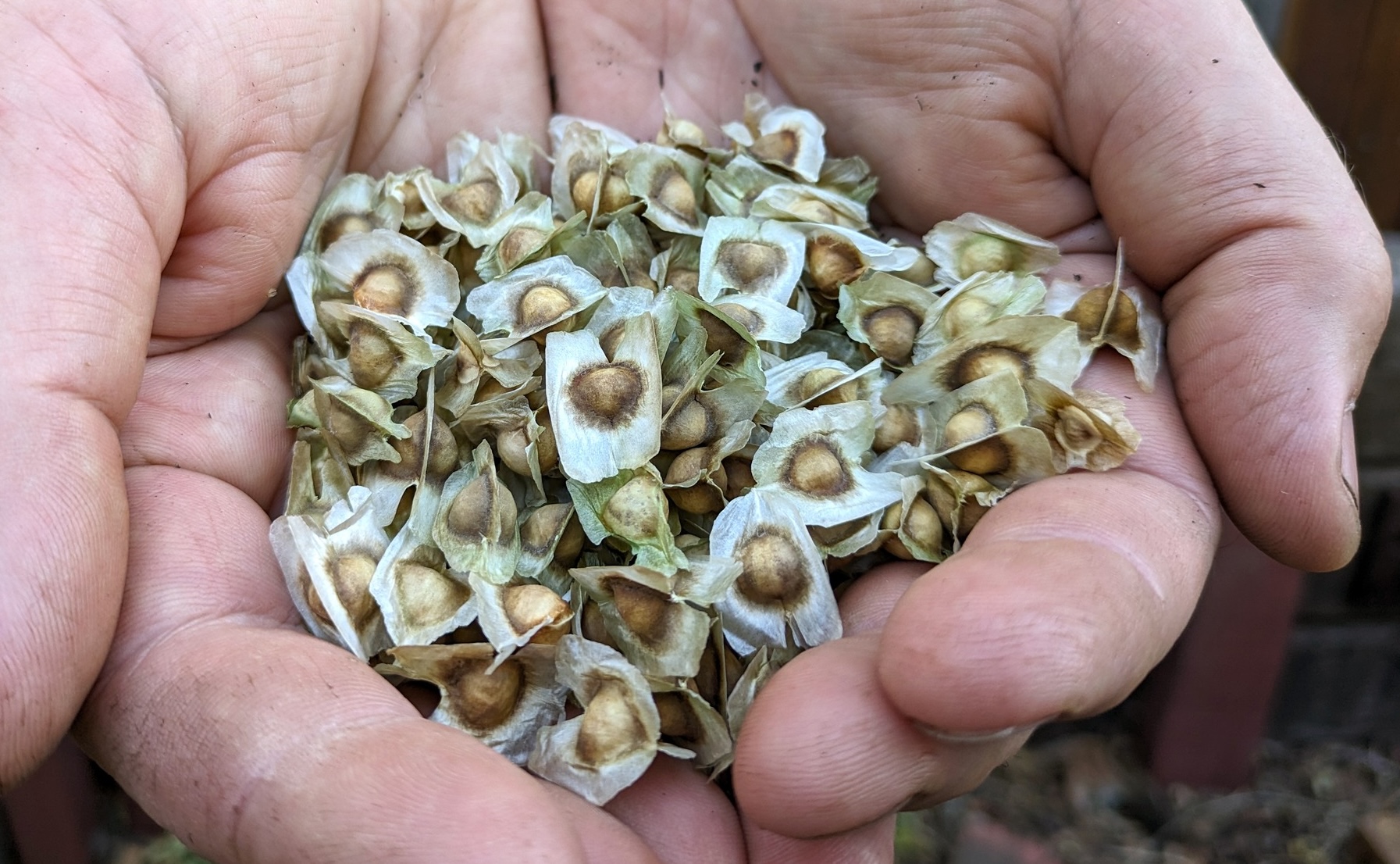Getting your seed to grow (germinate):
Growing from seed is generally simple. There’s just a few basic things to know. For successful germination, you will need the following:
- Viable seed. ‘Viable’ means seed that is able to germinate.
- Water and oxygen.
- Light (not always though, it’s dependant on the species).
- Suitable temperature.
Given the above factors, the seed should germinate, the embryo will develop and your plant will start to grow. But if any of these factors are lacking or insufficient, then the seed will not germinate.
If you’ve tried planting seeds and you haven’t had much luck, then there will be a number of possible reasons why:
- Quite often, the environmental conditions (light levels, temperature, water) aren’t suitable.
- Some seeds need their hard outer coating to be breached by either soaking in hot water or by chilling (stratification). Some need the outer coating to be broken via chemical or mechanical abrasion (scarification).
- The seed may not be viable.
- The seed might be dormant.
- Hygiene is also important throughout the entire process.
Sourcing seed:
- The easiest way to source seed is from your own stock.
- Select seeds from healthy plants with high yields and full flavoured produce (if appropriate).
- Ensure the seeds are ripe before harvesting.
- Don’t wait too long in case the seeds over ripen, fall out or blow away.
If you’re purchasing seeds, consider the following:
- Some seeds may have been harvested prematurely and therefore seed viability might be reduced.
- Some seeds may not have been sourced from healthy plants and therefore the seed may have reduced vigour.
- Some seed suppliers do not supply pure seed and therefore weeds and unwanted seeds might be included.
- The environment where the parent plant originates from gives it characteristics that are specific to that area. Certain species growing in different areas may change slightly to adapt to their environment. This is called provenance. When plants naturally pollinate each other and produce seed, the local environment will determine whether the offspring will be suitable for the area. If seeds are taken from these plants and grown in your location, the varieties may not be suited without the addition of fertilisers and pesticides.
How to store your seeds:
- Seeds are alive and can be damaged by adverse conditions. Store your seeds in envelopes or small brown paper bags located in a cool dry and dark conditions.
- Label your seeds with the name, the date harvested and the location where they were grown.
Factors affecting seed storage duration:
- Most seeds will store for longer at lower temperatures.
- Short-lived seeds (such as citrus), may lose their viability if they dry out completely.
- Medium to long-lived seeds need to be dried in order to survive long periods of storage.
- Variations in moisture levels during storage will reduce longevity. Therefore seeds store better in dry climates rather than in areas of high humidity.

